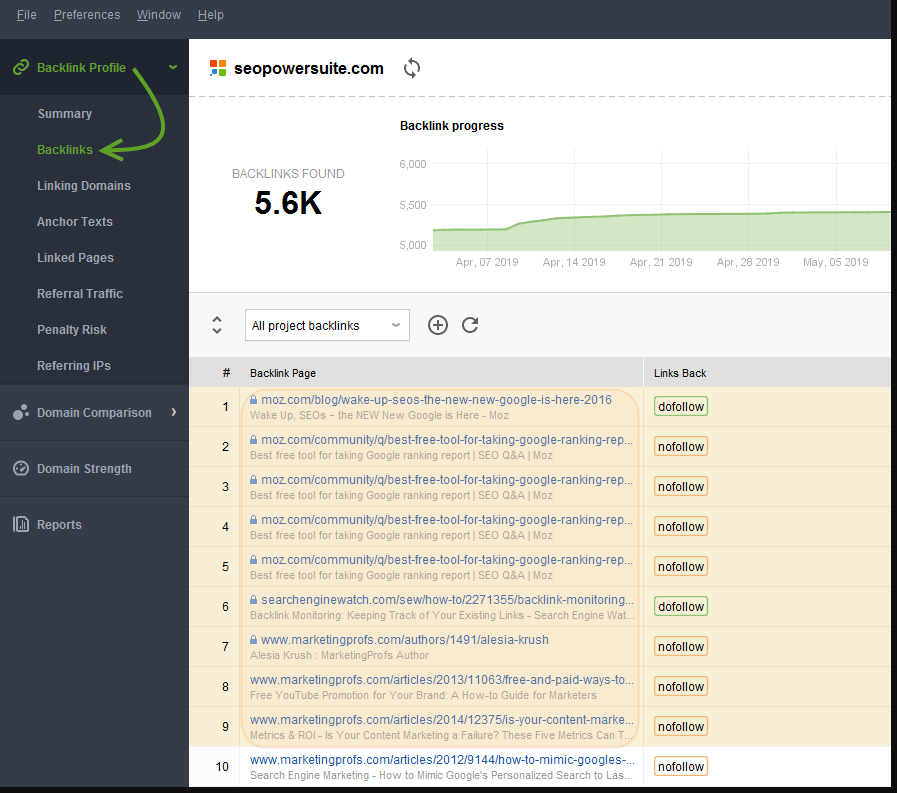

Searchers can get frustrated if a page doesn’t load and bounce back. Market Research Data-Driven Market Research and Competitive Analysis If that searcher then dwells longer on the second page he clicked through to, Google may up-rank that page. When a user pogo-sticks back to results like this, Google may down-rank the first page. If the searcher hops quickly back from a result to the SERP, that’s an indication that the result page initially selected wasn’t high quality. Speak directly to searchers about the value of clicking through to your page. Include a strong call to action in the meta description.For longer URLs, consider using breadcrumbs, which are Google’s alternative way of displaying a page’s location in the site hierarchy. Eliminate duplicate titles and descriptions, and then optimize them for keywords. Make sure page titles and meta descriptions meet technical requirements.


For non-branded queries, the top result usually garners around 33 percent of clicks 15 percent for a second-place result and 10 percent for number three. For example, for branded keywords, the click-through rate of the top result is around 50 percent. There is no optimal or expected CTR for any particular search, but Google does expect it to fall into a range, depending on the type of query. Here are the three user behavior metrics you should optimize for: Plenty of high-performing pages within your site can influence Google to up-rank more of your site in SERPs. Even if only some pages on your site perform poorly in comparison to other sites, Google may generalize and down-rank more pages – or even your entire website. Good performance in user metrics can impact not only the ranking of the page in question but also your website’s overall quality score. In fact, Google holds a patent on modifying search result ranking b ased on implicit user feedback. Google’s patents also provide strong evidence that this is so.


 0 kommentar(er)
0 kommentar(er)
